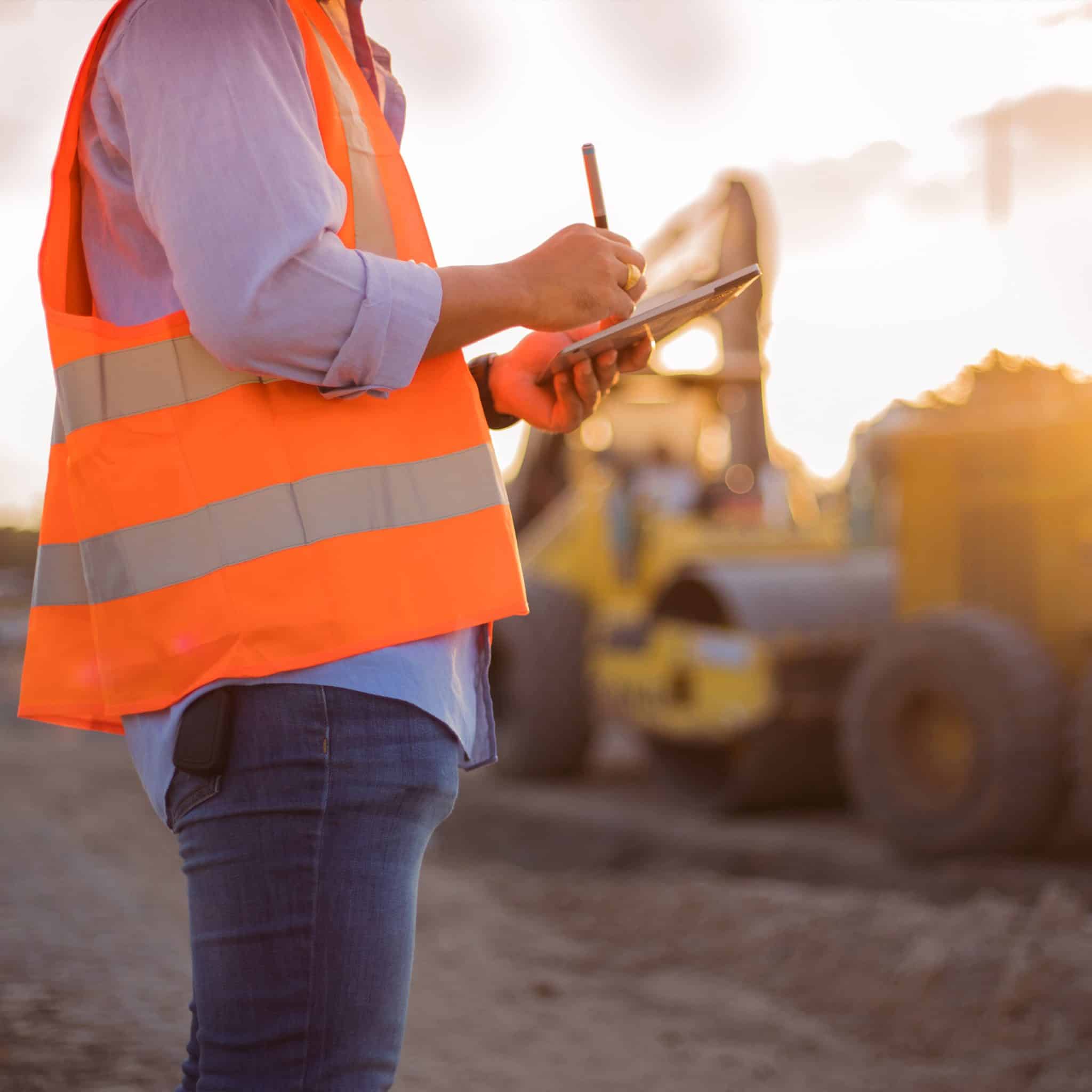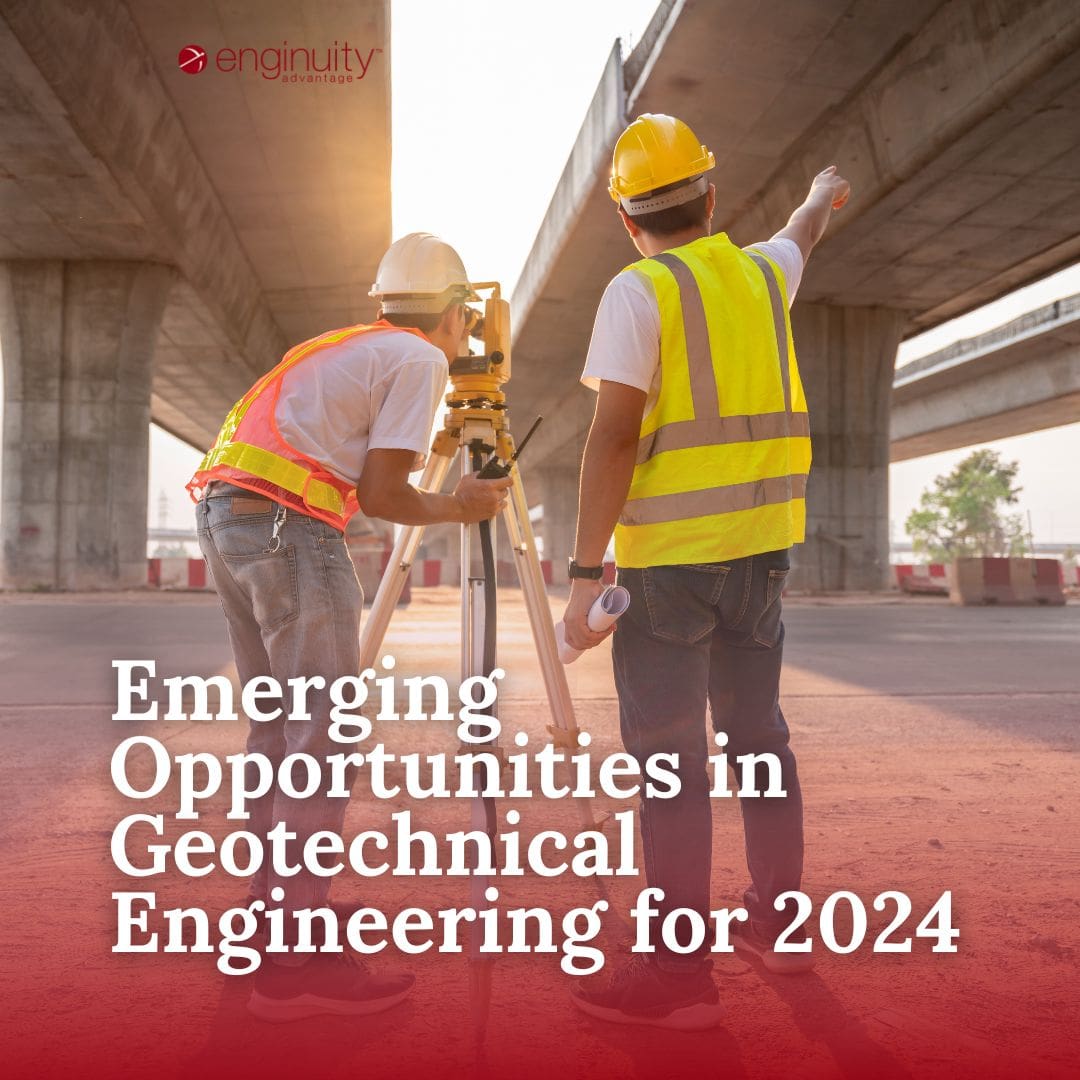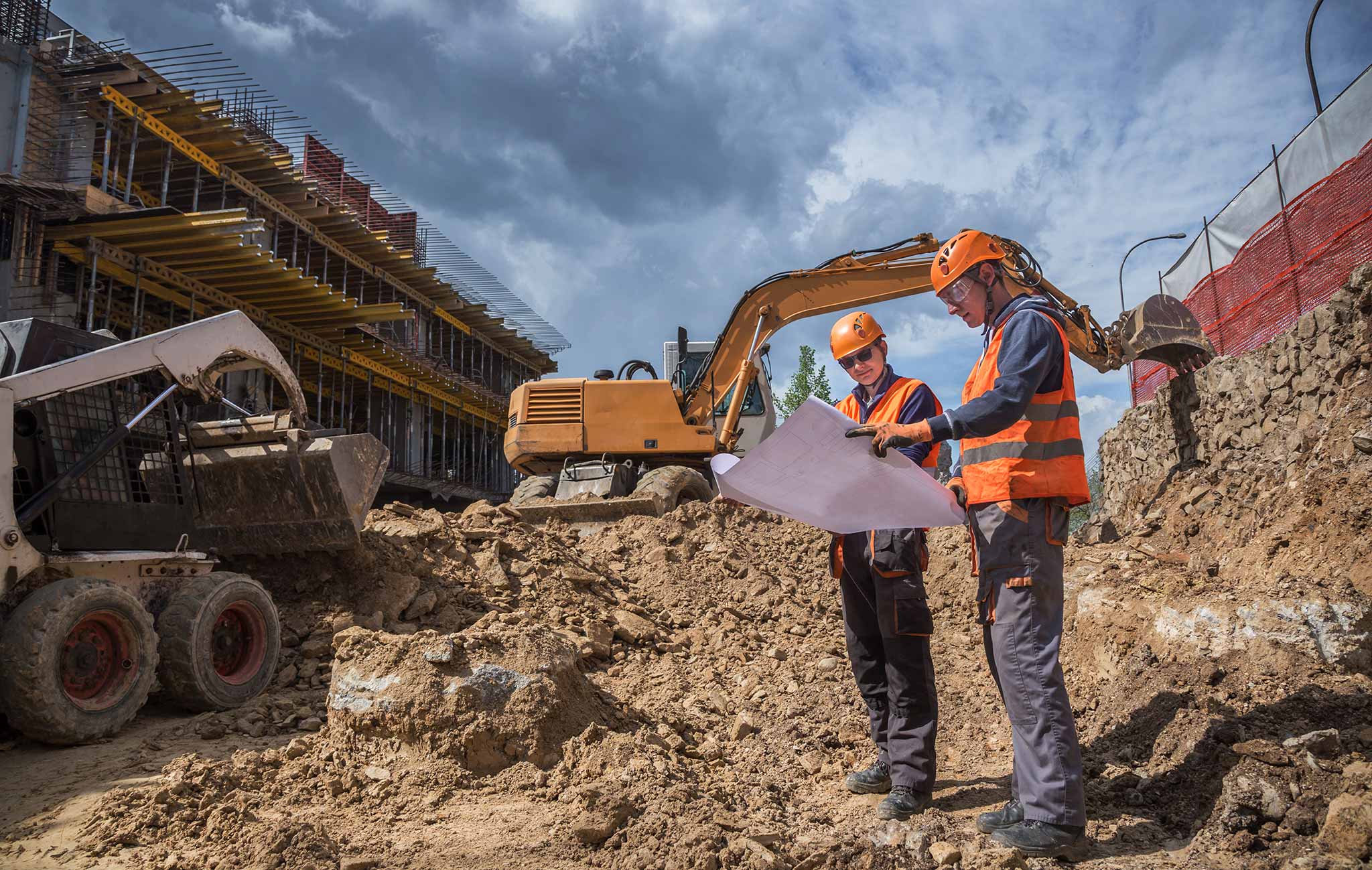Just How a Skilled Tailings Engineer Can Optimize Your Mining Workflow
Wiki Article
The Interdisciplinary Approaches in the Geotechnical Industry: Linking the Void Between Design, Geology, and Environmental Scientific Research for Optimal Project End Results
The integration of design, geology, and ecological scientific research within the geotechnical industry is not just helpful; it is necessary for accomplishing optimum task outcomes. This interdisciplinary partnership promotes an extensive understanding of complex website problems, enabling ingenious services to emerge. By analyzing crucial functions and effective situation research studies, we can discover the vibrant interplay that drives task success. Challenges stay in successfully taking care of these multidisciplinary initiatives, elevating concerns about possible innovations and future trends. What strategies might arise to promote this vital collaboration and enhance the efficacy of geotechnical methods?Importance of Interdisciplinary Collaboration
The importance of interdisciplinary cooperation in the geotechnical sector can not be overstated. Efficient geotechnical tasks need the combination of varied competence from numerous areas, including engineering, geology, and environmental science. This partnership ensures that all elements of a project are considered, causing thorough options that attend to complicated difficulties.When functioning in seclusion,Interdisciplinary partnership fosters development by enabling specialists to share insights and techniques that might not be obvious. By leveraging the staminas of several disciplines, groups can recognize possible dangers, enhance style procedures, and improve the sustainability of geotechnical jobs. Moreover, such collaboration advertises an alternative understanding of site-specific conditions, which is critical for accurate analysis and decision-making.
The intricacy of geotechnical projects demands a worked with strategy to problem-solving. Ultimately, interdisciplinary partnership is necessary for advancing best practices and accomplishing excellence in the geotechnical sector.
Secret Functions of Each Technique
Cooperation among numerous self-controls is not just advantageous; it is essential for the successful execution of geotechnical jobs. Each discipline-- engineering, geology, and ecological scientific research-- plays a distinctive yet interconnected function that adds to forecast efficacy and sustainability.Geotechnical engineers are mostly in charge of making foundations and guaranteeing structural integrity. They examine soil and rock buildings to analyze load-bearing capabilities, offering important data for safe building and construction techniques. Their experience enables the formulation of cutting-edge solutions to complex difficulties.

Ecological researchers examine the prospective influences of building on ecological communities and water resources. They perform environmental analyses and establish reduction strategies to minimize damaging results. By incorporating ecological factors to consider, they guarantee conformity with regulations and advertise sustainability throughout the project lifecycle.
Study of Effective Integration
Effective combination of geotechnical disciplines can be exemplified through various study that highlight the efficiency of team effort in addressing complex design difficulties. One notable example is the building of the Hong Kong-- Zhuhai-- Macau Bridge, where a joint method including geotechnical engineering, geology, and ecological science was essential. Rock hounds and designers worked in unison to analyze the seabed problems and optimize the structure design, ensuring stability and minimizing ecological effect.One more impactful case is the improvement of slope stability in the San Francisco Bay Location, where an interdisciplinary group incorporated geotechnical evaluation with environmental assessments. By integrating geological surveys and hydrological studies, the group successfully determined possible landslide risks and executed reliable reduction actions, enhancing safety and security and sustainability.
In addition, the redevelopment of Brownfield sites usually calls for a multidisciplinary strategy. In one situation in Chicago, collaboration amongst geotechnical engineers, ecological researchers, and metropolitan planners led to the effective remediation of contaminated soil, permitting for the risk-free makeover of the site into an area park. These case research studies highlight that interdisciplinary partnership not only addresses technical challenges yet additionally promotes cutting-edge remedies that profit both click here for more info areas and tasks.
Obstacles in Multidisciplinary Projects

Furthermore, working with routines and operations among numerous teams can be troublesome, especially when each technique has distinct job turning points and deliverables. This misalignment can lead to delays and increased costs. The challenge of source appropriation also looms huge; guaranteeing that specific experience is readily available at crucial junctures calls for mindful preparation and foresight.
Last but not least, regulative conformity presents an additional significant difficulty. Each self-control might deal with different regulative structures, and straightening these requirements to fulfill task objectives can be complex and time-consuming. Dealing with these difficulties demands strong leadership and efficient interaction strategies to promote partnership and make certain that multidisciplinary teams function cohesively towards shared objectives.
Future Trends in Geotechnical Practices
As the geotechnical sector advances, emerging fads are reshaping techniques to resolve the difficulties dealt with in multidisciplinary projects - geotechnical engineers. One significant trend is the raised assimilation of advanced innovations, such as expert system and equipment knowing, right into geotechnical analysis and style. These technologies boost anticipating modeling and danger analysis, making it possible for engineers to make more enlightened choices throughout the task lifecycle
Moreover, the fostering of electronic twins and real-time monitoring systems is coming to be more prevalent. These tools assist in ongoing evaluation of soil problems and structural efficiency, enabling timely interventions go to my blog when problems emerge.
Final Thought
In verdict, the assimilation of engineering, geology, and environmental science is essential for attaining ideal results in the geotechnical industry. Interdisciplinary collaboration cultivates technology, boosts problem-solving abilities, and straightens technical needs with environmental sustainability. Effective find out here study illustrate the benefits of this method, while recognizing the obstacles faced in multidisciplinary tasks. Looking in advance, welcoming these joint techniques will certainly be important for navigating future fads and advancing the area of geotechnical design.The combination of design, geology, and environmental scientific research within the geotechnical sector is not just helpful; it is vital for achieving ideal task end results. Effective geotechnical tasks call for the combination of diverse competence from different fields, including design, geology, and environmental scientific research.Navigating the complexities of multidisciplinary tasks in the geotechnical market offers numerous considerable challenges.As the geotechnical sector advances, arising patterns are reshaping practices to deal with the difficulties encountered in multidisciplinary projects. Geotechnical engineers are increasingly teaming up with environmental researchers to guarantee that projects align with sustainability goals and abide with regulatory needs.
Report this wiki page